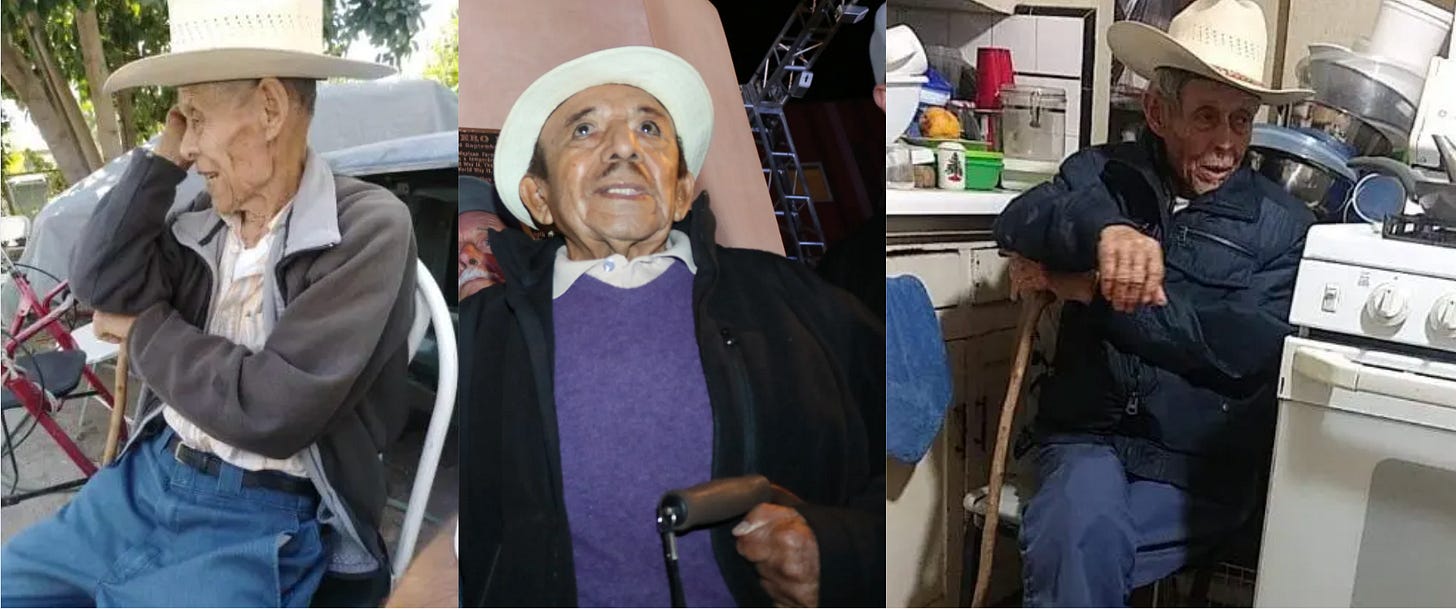The A-TEAM Fiasco
We’ve tried replacing migrant farmworkers with Americans before. It didn’t go so well.

From 1942 to 1964, the Bracero Program allowed more than 4.5 million Mexican seasonal laborers, known as braceros, to work legally in the United States. It was created to address labor shortages in the agricultural and railroad industries during World War II.
The farmworkers were promised decent living conditions and basic wages. What they got was barely a step above slave labor.
Brutal work conditions cultivating and harvesting crops included exposure to pesticides and injuries from unsafe equipment. The braceros had to sleep in isolated camps where housing was substandard, overcrowded, and lacked adequate sanitation. Their low wages were often withheld and sometimes never paid at all.
What the U.S. Agricultural Industry got in return was dirt-cheap, hard-working laborers… and, of course, that meant higher profits.
Birth of the ill-fated A-TEAM
When the Bracero Program expired in 1965, farmers complained that Americans would never do such toilsome work and their crops would rot in the fields.
Secretary of Labor W. Willard Wirtz decided high school athletes could surely do the job during their summer breaks and created the “A-TEAM: Athletes in Temporary Employment as Agricultural Manpower.”
An ad campaign was launched to recruit 20,000 high schoolers, with slogans like "Farm Work Builds Men!”
18,000 signed up.
Only 3300 showed up.
The work was so brutal that many of the students began dropping out within the first two weeks.
The A-TEAM failed in year one.
As one newspaper editorial put it, such work required a stronger motive than money or the prospects of a good workout, "Like, for instance, gnawing hunger."
Under the Bracero Program, more than $30 million was deducted from the migrant workers’ meager wages and put into a Rural Savings Fund, for which the US took direct responsibility. The workers were promised they would receive their money once they returned to Mexico.
Many of those workers have since died. Tens of thousands of now elderly braceros are still waiting to be reimbursed by Mexico, which now controls the fund, even though a court settlement was approved 21 years ago.
Postscript:
According to a 2018 report from NPR, Randy Carter, who attended the now-closed University of San Diego High School, joined the A-TEAM with twenty-five other classmates when he was 17 years old.
He and his friends still remember the blistering daytime heat in the fields and being housed at night in defunct old Army barracks and buildings used to intern Japanese-Americans during World War II.
Now in his seventies, Carter notes how the experience taught them empathy toward immigrant workers that he feels the rest of the country should learn, especially during these times.
"There's nothing you can say to us that [migrant laborers] are rapists or they're lazy," he told NPR. "We know the work they do. And they do it all their lives, not just one summer for a couple of months. And they raise their families on it. Anyone ever talks bad on them, I always think, 'Keep talking, buddy, because I know what the real deal is.' "
Resources:
When The U.S. Government Tried To Replace Migrant Farmworkers With High Schoolers ~ NPR
Bracero Agreement (1942-1964) ~ Immigration History
Bracero Program | Definition, Significance, & Discrimination ~ Britannica
Time is Running Out for the Braceros ~ Cal Matters
Immigration Raids Leave Crops Unharvested, California Farms At Risk ~ Reuters
Who Created the Immigration Crisis? ~ Perspectives
They Are Human Beings ~ Perspectives








An important story well told. Thanks, Brad.
Thank you. I did not know about the A-Team. We all need to "walk a mile in someone else's shoes."